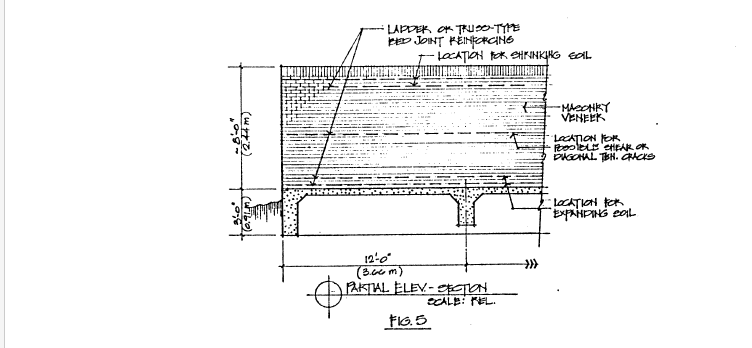1 P.E. AIA Department of Construction Science Texas A&M University College Station, Texas 77843-3137
2 Ph.D. AIA Department of Construction Science Texas A&M University College Station, Texas 77843-3137
ABSTRACT
The model building code groups have adopted requirements for limiting deflection in concrete foundations and masonry walls used in residential and light construction. Requirements for foundations were developed by various concrete design standards organizations and similarly, requirements for walls by various masonry institutes. Professional groups such as the American Society of Civil Engineers have also contributed to the development of standards for both. Even with the availability of this information, building designers often fail to appreciate how their foundation systems and their masonry wall systems must work together to reduce the potential for symptomatic cracking of the masonry. This paper presents design solutions for concrete foundations and masonry walls that were developed by the authors in areas of the United States with expansive clay soils where the goal was to limit cracking in the masonry veneers. These recommendations should help architects, engineers, contractors, masonry subcontractors and masonry consultants produce economical, functional foundation and masonry wall systems. The recommendations should be especially useful where differential foundation movements are anticipated.
8378.pdf



